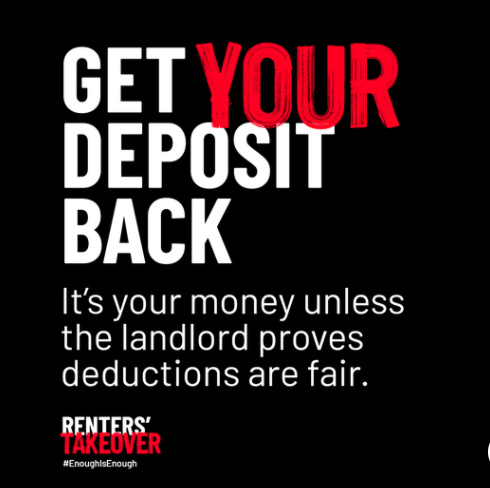Social media and accessibility
Shelter’s social channels are fundamental to our ability to reach people who are facing homelessness, experiencing unfit housing, or who want to support our work.
In the UK, 1 in 5 people (13.7 million) have a disability. Their right to access all UK websites is covered by the Equality Act 2010, which protects all individuals from unfair treatment and promotes a fair and more equal society.
So it’s essential that our social media content is fully accessibility to people with disabilities. This guides gives you six top production tips. For more, read Shelter’s main accessibility guidance and best practices.
General tips for producing accessible social media content:
1. Avoid too much text - Having a lot of text on a graphic can make it difficult to read, and needs to be replicated in ALT text when it’s posted. Keep things short and concise on social media graphics.

2. Limit fast edits and flashing animations - With video content, be aware that for some users, flashing and quick transitions are hard to follow or can cause headaches. Use edits of this type sparingly and include a text warning at the start of the video that there are flashing images.
Related: Shelter’s video guides
3. Always have captions in videos - These should be hard-baked into your production time, not added as an extra later. People rely on captions to engage with video content. Find out more in our captions guide.

4. Think about colour contrast - We should use a colour contrast of at least 4.5:1, as recommended by WCAG. This helps people with low vision see the content.
5. Use camel case in multi-word hashtags - Many hashtags use multiple words, like #FightForHome and #BuildSocialHousing. For these, capitalize the first letter of each word (called ‘camel case’) to make the hashtags more legible and help people using screen readers
6. DON’T OVERUSE CAPS - They can be harder for some people to read.
Further reading
Hootsuite has published a guide to inclusive design for social media, which provides useful details on the key points.
Other accessibility guides
Related
Read our other content guides
Read our brand guidelines
Contact us
Have a question or comment about accessibility or other digital topic? Found a bug? Or maybe you’d like to contribute to the framework? Use our contact form to get in touch.
